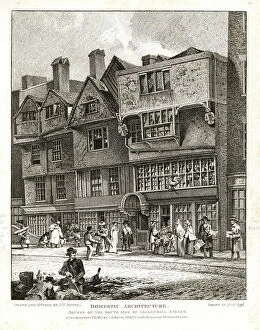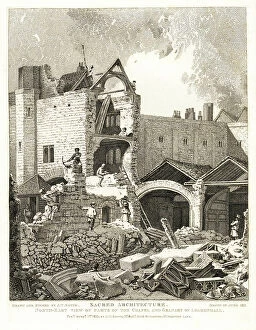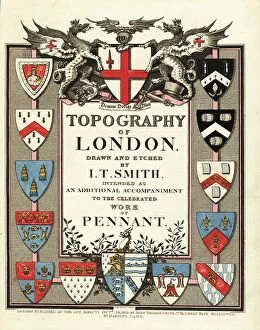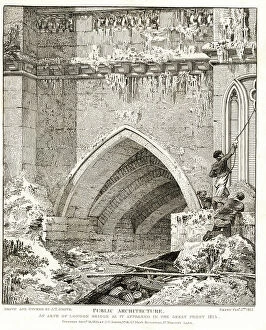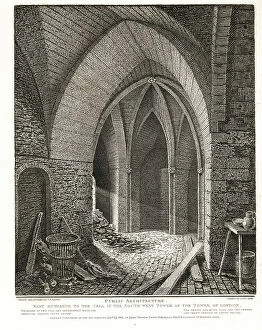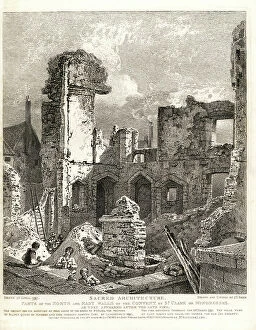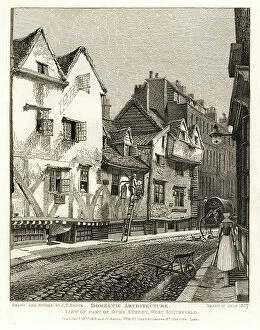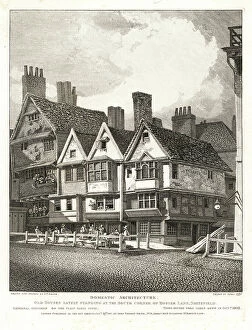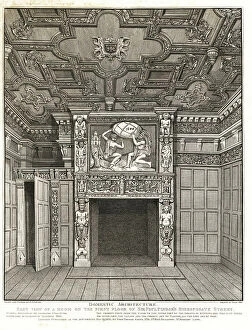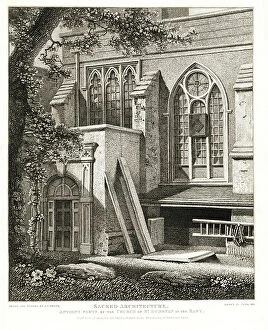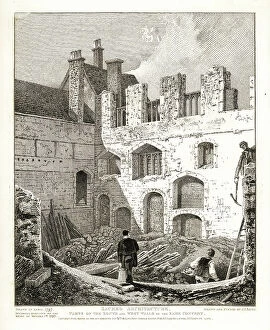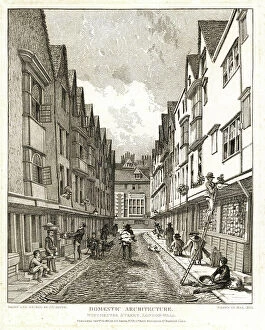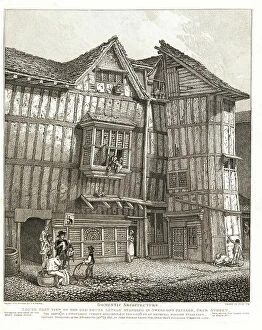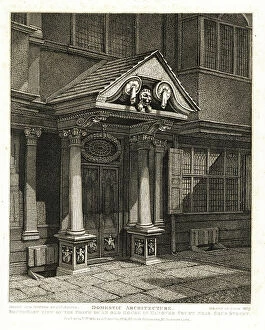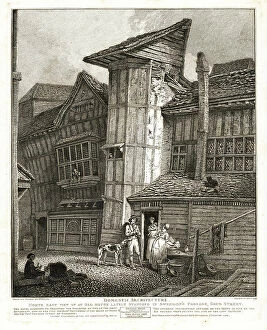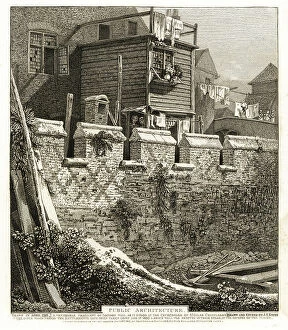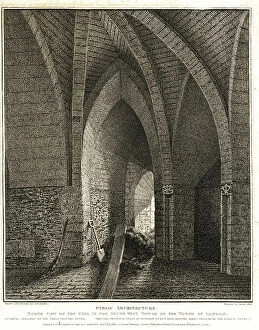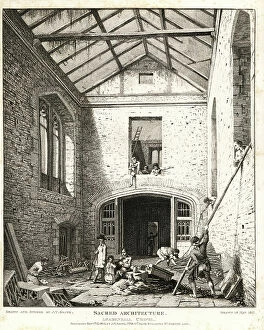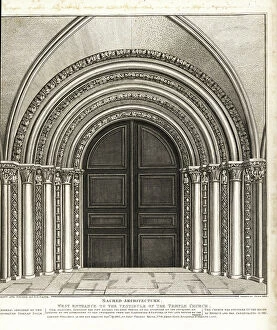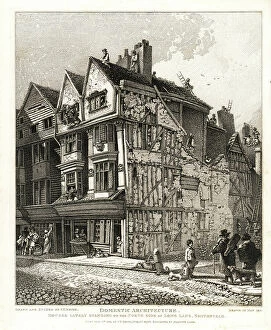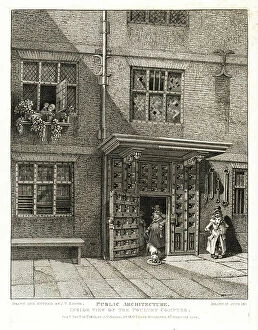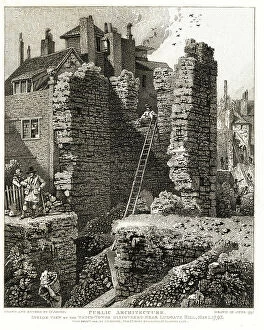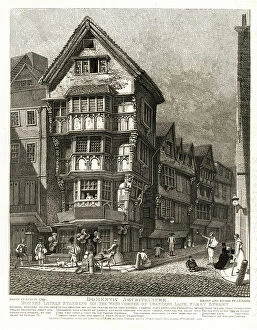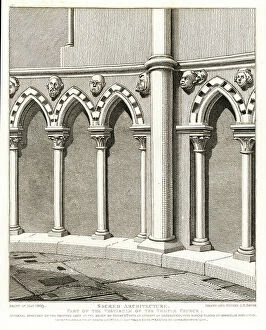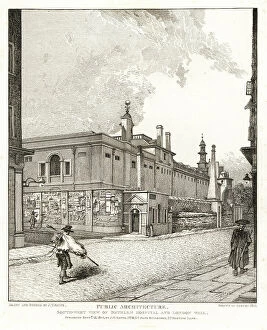Topography Of London Collection
London's topography is a fascinating mix of hills, valleys, and rivers that have shaped the city's development over centuries
For sale as Licensed Images
Choose your image, Select your licence and Download the media
London's topography is a fascinating mix of hills, valleys, and rivers that have shaped the city's development over centuries. From the rolling slopes of Hampstead Heath to the flat expanse of Wimbledon Common, each area has its own unique character and history. The River Thames winds its way through the heart of London, dividing the city into north and south with iconic bridges like Tower Bridge and Westminster Bridge connecting the two sides. The high points of Primrose Hill and Parliament Hill offer stunning panoramic views of the sprawling metropolis below, while hidden gems like Little Venice provide tranquil escapes from the hustle and bustle. Whether you're exploring on foot or admiring from above in a skyscraper, London's topography offers endless opportunities for discovery and wonder.

